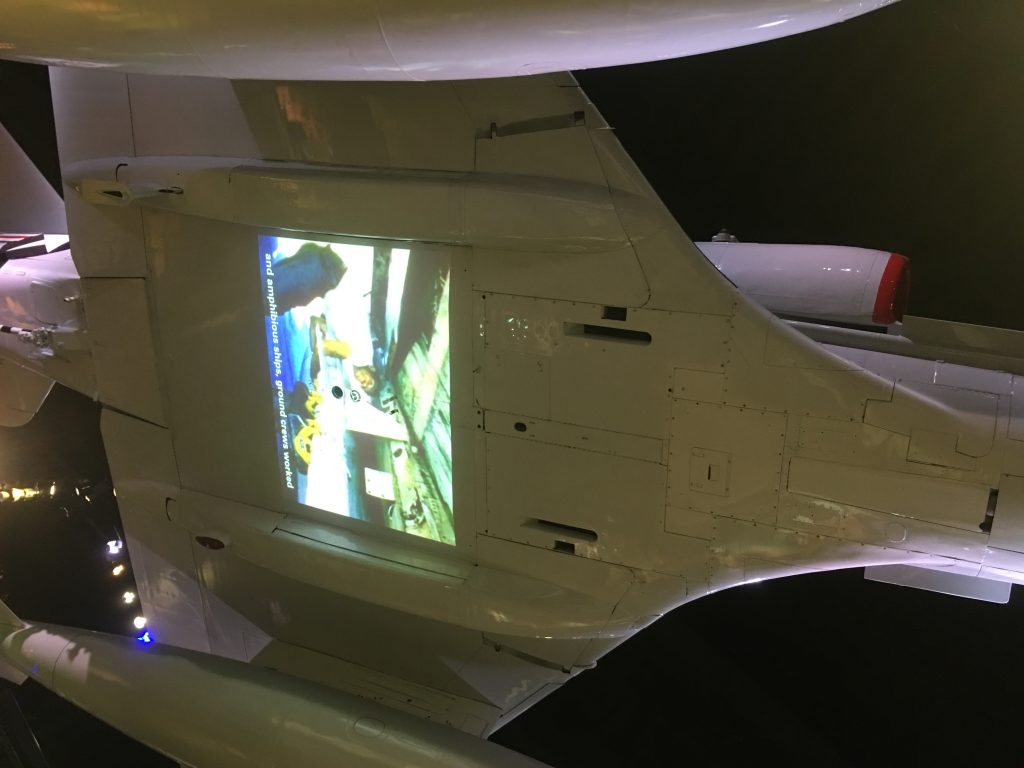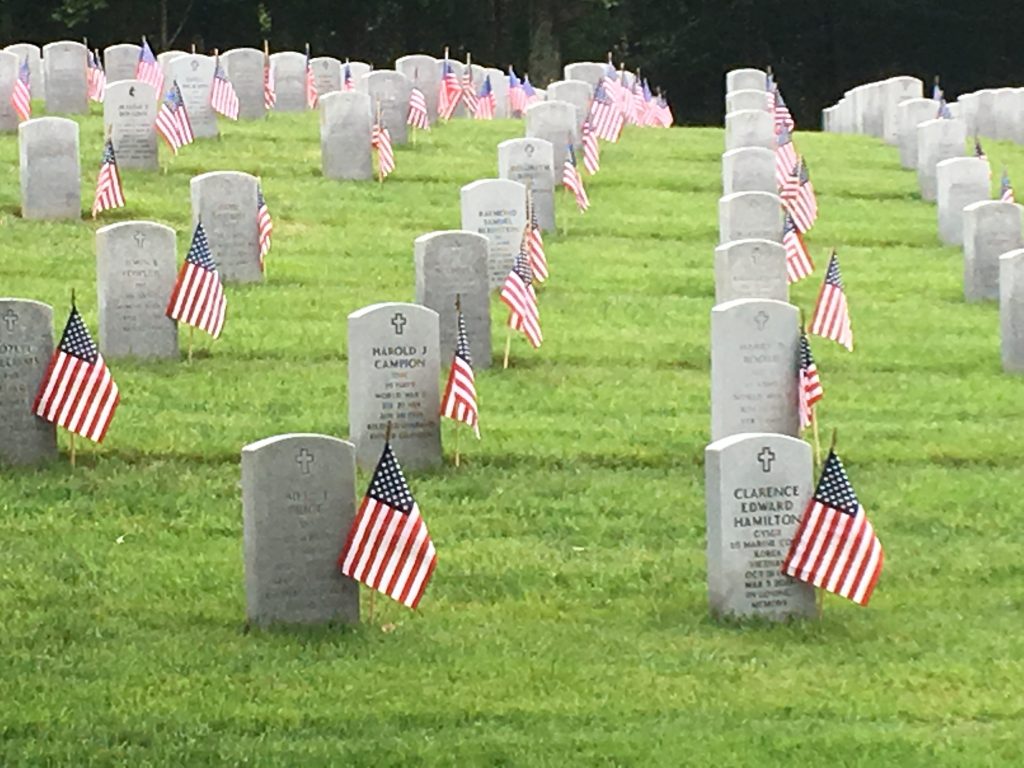Family History Outing: National Museum of the Marine Corps
Have you ever wondered what it was like to land on Iwo Jima? Maybe you have wanted to look at the larger, second flag to be raised by the Marines on Mt. Suribachi. Do you want to see a combat helicopter up close or exit from its inside into a combat area?
The National Museum of the Marine Corps http://www.usmcmuseum.com/ is located in Quantico, VA. The Museum is a terrific place to visit with your family whether or not you have Marines in your family history. But if you have ancestors or family members in the Marine Corps, this will be a special experience for you.
There are interactive experiences throughout the museum that give context to the experiences of the being a Marine and the Marines role in the history of the United States. You can receive a briefing before landing at Iwo Jima and experience the view from a landing craft. You can exit a helicopter in a war zone. You can learn what games Marines played in the Revolutionary War. You can examine the version of the Eagle, Globe and Anchor that your Marine wore.
Docents are located throughout the museum. Take time to ask them questions. They may even walk up to you, and offer to give you more information about the display or area. The docents are Marines, who may have been participants in what you are seeing. They are incredibly knowledgeable about the displays themselves; one shared with us how body casts were made from current Marines for the Sikorsky UH-34D helicopter display in the Leatherneck Gallery that depicting depicts the opening morning of Operation Starlite in Vietnam in August 1965.

Many aircraft flown by the Marines are displayed from the ceilings throughout the museum, allowing you to get a different perspective of them than you usually do in a static display. The bottom of an A-4E was used as a screen to project a video.


Timelines are an important tool, and the long wall with the Marine Corps timeline is no exception. When you check the timeline and mention who the Commandant was when your Marine joined, it opens the door to stories about the beginning of a military career. For those Marines who are not with you, the timeline gives context to the times they served.
The museum’s website warns that the depiction of battle scenes may be too intense for young children, so check out the website and decide for yourself.
We also made a stop at the Quantico National Cemetery. The flags on the graves were impressive and moving. Remember that you can locate veteran graves by searching the National Gravesite Locator http://gravelocator.cem.va.gov.


Stay tuned for a post about Marines in WWI.













